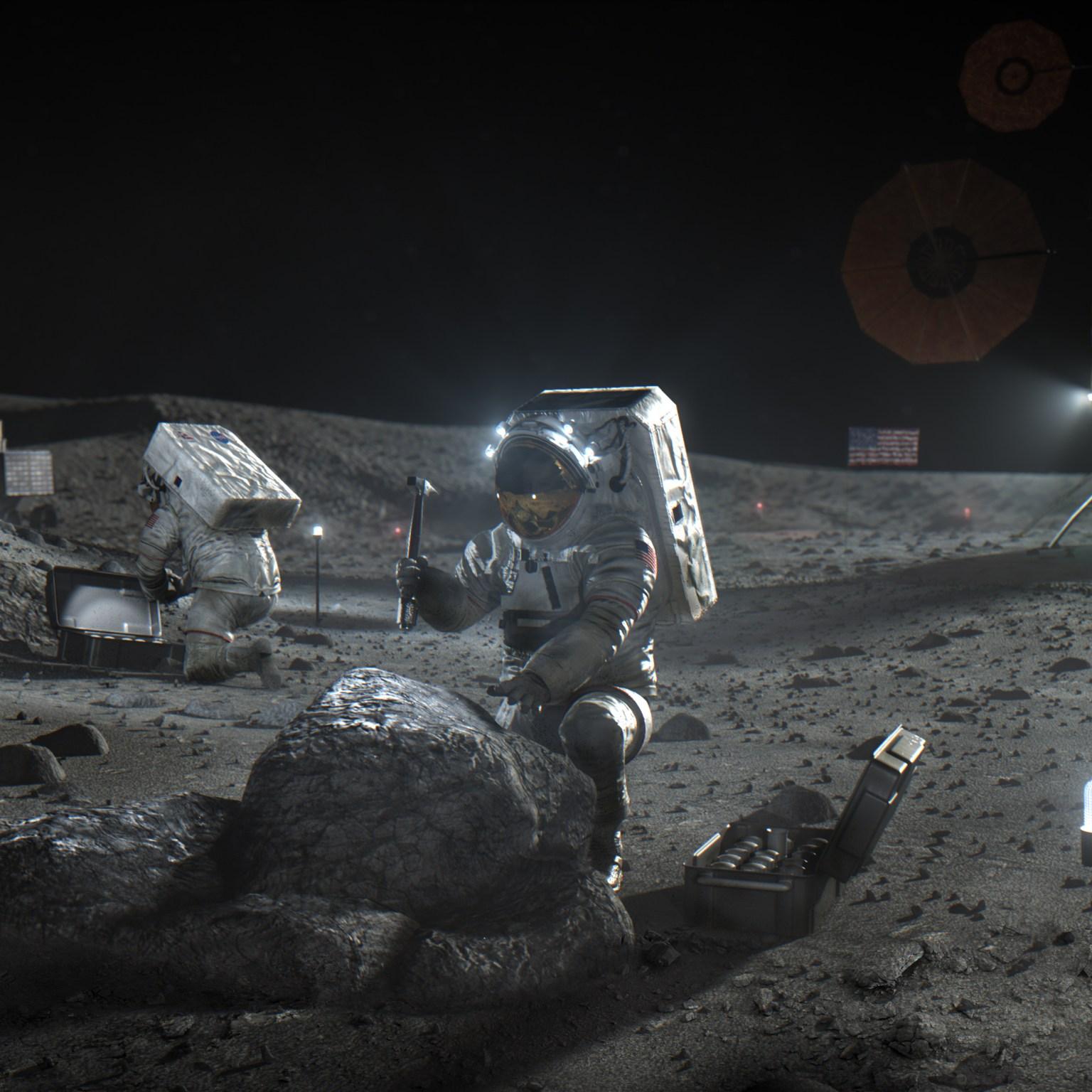
HOUSTON—NASA has awarded 11 research grants and cooperative agreements focused on studies into how plant and animal biological systems will respond to the lunar regolith—the fine-grained, abrasive and adhesive soil found across the Moon’s surface.
The agency says the ultimate goal of what it calls the Thrive in Deep Space (TIDE) initiative is to help enable human long-duration space missions through innovative research that could also improve life on Earth.
NASA’s Artemis program is focused on establishing a sustained human presence at the Moon to prepare for human expeditions to Mars and other deep-space destinations. The lunar phase of the Artemis initiative includes the assembly of a human-tended, lunar-orbiting outpost called Gateway and a base camp at the lunar south pole. That is where previous research points to the presence of substantial subsurface lunar ice deposits, a potential resource for human life support and the production of rocket propellants.
The grants and cooperative agreements announced on Nov. 21 are focused on 11 study areas using plant and animal models, including microbial samples, to characterize their responses to lunar regolith simulants similar to those found at candidate landing sites on the Moon for human exploration. NASA plans to spend $2.3 million on the new study efforts between 2024 and 2027.
Goals of the overall study effort include:
•Assessing the ability of lunar soil to serve as a growth medium for crop-producing plants, including tomatoes, potatoes, and grains.
•Understanding how a lunar growth medium influences plant and microbial interactions and how those affect plant development and health.
•Identifying and testing bioremediation methods and techniques for enhancing the lunar soil as a growth medium.
•Understanding how exposure to lunar dust affects microbial interactions with human analogue models in simulated microgravity environments.
The specific study effort of the 11 grant and cooperative agreement recipients and focus areas are:
•University of Wisconsin, tailoring lunar soil for plant nutrition.
•Oregon State University, characterization of the growth, physiology and nutrition dynamics of potato plants in a lunar soil simulant.
•Cornell University’s Weill Medical College, leveraging the microbes in the extreme environments found on Earth for sustainable plant growth in the lunar soil.
•University of Texas, engineering plant microbial interactions to improve plant growth in lunar soils.
•Michigan State University, assessing sources and the extent of root stunting in highland lunar soils and their affects on legume plant growth, which includes beans, lentils and peas.
•West Virginia University, affects of the lunar soil on tomato plant growth.
•NASA Ames Research Center, the use of algae in lunar soil to remove pollutants.
•NASA Ames Research Center, the potential for RNA-based countermeasures to mitigate muscle and bone stresses related to spaceflight and the lunar soil.
•Texas A&M University, a study of lettuce growth in a lunar soil simulant.
•University of Minnesota, an assessment of the impact of lunar regolith on nitrogen in rhizobacterium, a root associated plant growth-promoting bacteria.
•Arizona State University, assessing lunar soil effects on the human intestine, including microorganisms within the gastric environment and any disease risks.




